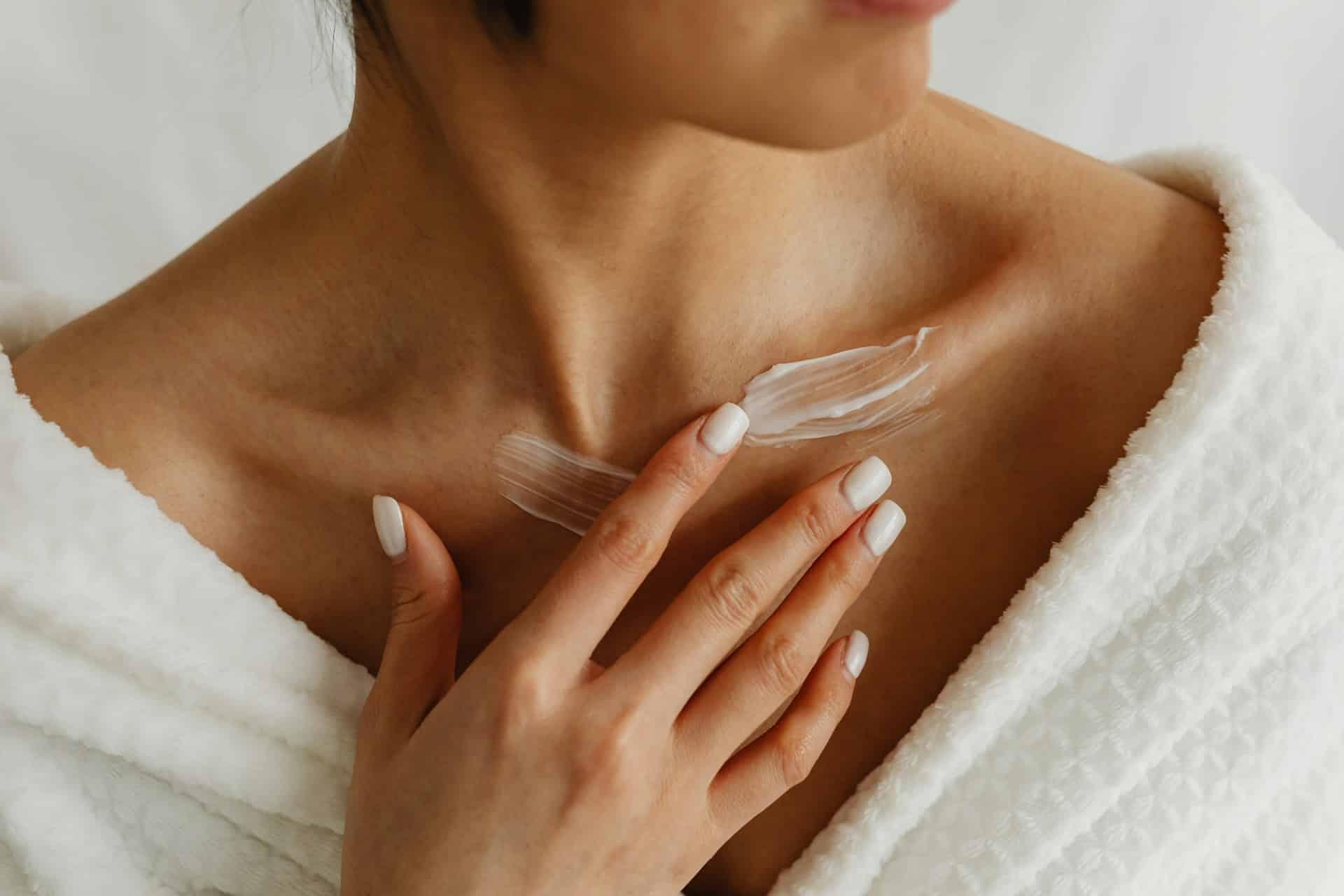Why Regular Skin Checks Could Save Your Life
When it comes to staying healthy, we often focus on diet, exercise, and annual physicals—but how often do we think about the largest organ of our body: the skin? Checking your skin regularly for signs of change is one of the simplest and most effective ways to protect yourself from serious conditions like skin cancer. Early detection isn’t just helpful—it can be lifesaving. In fact, if caught early, the five-year survival rate for melanoma is approximately 99%.
Skin Checks: A Smart, Proactive Habit
Skin checks aren’t just another wellness tip—they’re a powerful tool in preventing and catching skin cancer in its earliest, most treatable stages. Whether done at home or in a dermatologist’s office, consistent skin monitoring can drastically change the outcome for anyone who develops a suspicious spot or mole.
Melanoma, the deadliest form of skin cancer, can often begin as a small, seemingly harmless mark. But when identified and addressed early, the treatment success rate is exceptionally high. Making routine skin exams part of your personal healthcare habit is an easy step with big rewards.
Who Should Be Getting Checked?
While anyone can develop skin cancer, certain risk factors make skin checks even more important. These include:
- Having fair skin or freckles
- A history of frequent sunburns
- A high number of moles
- Family history of melanoma or other skin cancers
- That said, no one is immune. People of all skin tones and lifestyles can develop skin cancer. Whether you’re in your 20s or 70s, spending hours in the sun or not, getting to know your skin and keeping an eye out for changes is an important act of self-care.
The ABCDEs of Suspicious Spots
Dermatologists use a simple guideline to help identify moles or marks that might warrant a closer look:
- A – Asymmetry: One half doesn’t match the other.
- B – Border: Irregular or poorly defined edges.
- C – Color: Variations in color—especially black, brown, red, or blue—can be a warning sign.
- D – Diameter: Anything larger than about 6mm (the size of a pencil eraser) should be evaluated.
- E – Evolving: Any mole that’s changing in size, shape, or color, or starts itching or bleeding.
If you notice any of these signs—or just have a gut feeling something’s not right—don’t delay in getting it checked.
Why Professional Skin Exams Matter
While checking your skin at home is important, it shouldn’t replace a visit to a dermatologist. A professional skin check provides a much deeper level of assessment. Dermatologists examine areas that are hard to reach on your own, like your scalp, back, and behind your ears. They also use specialized tools, like dermatoscopes, to identify subtle signs of potential issues that aren’t visible to the naked eye.
The appointment is typically quick, painless, and can offer long-term peace of mind. Establishing a baseline for your skin makes it easier to spot changes in future visits.
Preparing for Your Appointment
To get the most from your professional skin check, a little preparation helps:
- Skip makeup, nail polish, or thick lotions that may obscure your skin.
- Wear clothing that’s easy to remove for a full-body examination.
- Make a list of moles or spots that have changed or bothered you.
- Know your family’s skin cancer history, if possible.
These small steps can make the appointment more efficient and informative.
A Small Step with a Big Impact
There’s no need to wait for something to look “serious” before taking action. Being proactive with skin checks—both at home and with a dermatologist—can detect problems early, reduce anxiety, and quite possibly save your life. Don’t delay booking that appointment; it’s a simple step that could have a lasting impact on your health and future.
















